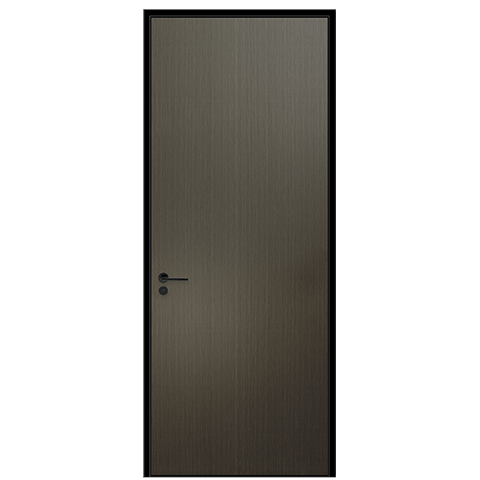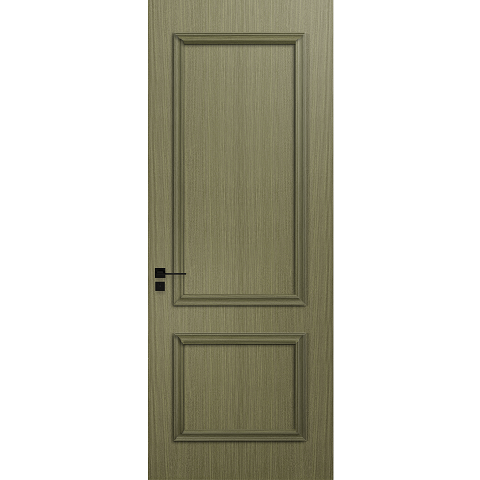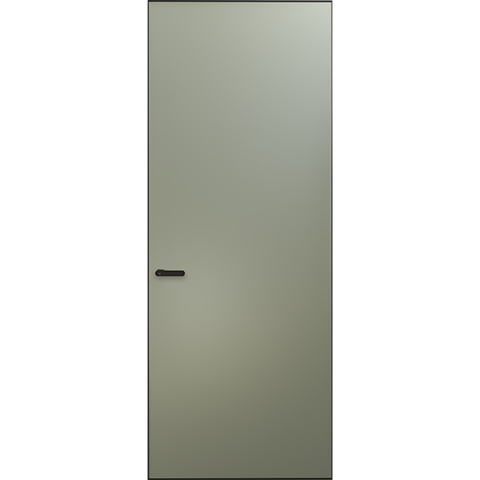The principle of soundproof glass windows revealed
Installing a home theater cannot avoid the problem of sound insulation. Many times, due to various reasons, there must be a window in the audio-visual room. If you don’t pay attention, it is likely to make the soundproof room you spent tens of thousands of dollars to build in vain. Today, Baydee small The editor will teach you how to choose the right soundproof glass for doors and windows for home improvement, so that you can solve this "problem of the century" to the greatest extent.
A good window can reduce noise from 70 decibels to less than 40 decibels. However, don't be fooled by the businessman's "insulating glass has good sound insulation effect". The biggest function of insulating glass is energy saving, heat insulation and frost protection. Its actual sound insulation function is not even the same as that of single-layer glass of the same thickness. It's hard to believe. Today, the editor of Baydee will tell you how to compare the sound insulation capabilities of 5 kinds of soundproof glass commonly used in home improvement doors and windows (hollow, laminated, single-layer hollow laminated, double-layered hollow laminated, vacuum glass), and tell you who It is the real king of sound insulation.
Before comparing the sound insulation of different types of glass, here are 3 things to understand:
1. How sound is heard by the human ear:
Sound is a pressure wave: when the tires of the car rub against the road and the car whistle, their vibration will cause the medium-air molecules to vibrate rhythmically, causing the surrounding air to change in density, forming longitudinal waves with alternate density and density. This creates sound waves, which continue until the vibrations die out. Sound is transmitted by medium, gas, liquid and solid can all transmit sound. A vacuum cannot transmit sound. As a kind of wave, the frequency and amplitude are important attributes to describe the wave. The size of the frequency corresponds to what we usually call the pitch (the band that the human ear can hear is 20~20000 Hz, and 200~6000 Hz is the intermediate frequency). , the human ear is most sensitive to 500~8000 Hz, and the amplitude affects the size of the sound (the larger the amplitude, the louder the sound).
2. The coincidence effect
Every kind of glass has a matching effect of sound insulation performance, that is, sound waves in a certain frequency band can easily penetrate the glass. The purpose of noise reduction and vibration control is: the frequency of the sound wave looking for the coincidence effect is not in the frequency range that requires noise reduction.
The coincidence effect of insulating glass appears in the mid-low frequency band, so the mid-low frequency sound insulation effect is relatively poor. The coincidence effect of laminated glass appears around 3000 Hz, which is actually not ideal for home theater applications.
3. The Law of Mass
The greater the thickness of the interlayer, the greater the sound transmission loss. That is to say, the greater the thickness of the glass, the stronger the sound insulation ability. Typically, doubling the thickness of the glass reduces noise by 6 decibels.
Comparison of 5 kinds of glass sound insulation of hollow, laminated, single-layer hollow laminated, double-layered hollow laminated, and vacuum
When you roughly read the above knowledge points about sound insulation, you can intuitively understand how different glass is sound insulation:
Insulating glass: Use air to partially absorb the energy of medium and high frequency sound vibration, thereby reducing the sound level of sound waves. Its isolation performance is related to glass thickness, spacer gas composition, number and thickness of spacers.
Laminated glass: mainly use the PVB adhesive layer to absorb medium and low frequency sound waves and control the propagation of sound wave energy. The performance is related to the actual thickness of the glass, the thickness of the laminated film, and the flexibility of the laminated film. There is a point worth noting here: in the cold winter, the laminated layer of the laminated glass will lose its elasticity due to the temperature (the chewing gum in winter is frozen like a popsicle), so the noise reduction effect is greatly reduced.
Laminated insulating glass has both the functions of the above two types of glass.
Vacuum glass: It uses the principle that the vacuum environment lacks medium and cannot transmit sound waves for sound insulation, which can theoretically be completely sound insulation (but because of the existence of the transparent support base added in the production process, it is equivalent to a solid medium, which provides a shortcut for the transmission of sound waves, so Glass that is not really soundproof).
In order to make the comparison more scientific, we specially found a test data from the American Riverbank Acoustical Laboratories (Riverbank Acoustical Laboratories). The sound transmission loss of each specification of monolithic glass, laminated glass, insulating glass, laminated insulating glass, etc. measured by this data, the higher the score (STC OITC RW), the better the sound insulation!
Conclusion: The best cost-effective soundproof glass solution
Although the data has proved the sound insulation effect of each glass, the recommended order for sound insulation glass is: hollow laminated glass>laminated glass>insulating glass>vacuum glass.
Because in actual use and purchase, you also need to consider factors such as cost performance, heat insulation and so on.
For example, although vacuum glass can theoretically completely isolate noise, the vacuum glass currently available on the market has a large number of fulcrums between the glass and the glass, so the sound insulation ability is greatly reduced. This makes the vacuum glass of thousands of square meters appear to be very cost-effective.
Another example is the PVB film commonly used for laminated glass. The thermal conductivity at room temperature is 0.221 (W / km), and the thermal conductivity of air is 0.024. This difference of ten times the thermal conductivity causes an intuitive feeling like a porcelain bowl when you eat. (PVB), one with a wooden bowl (air). The unsatisfactory insulation of a single laminated glass is also a consideration when choosing doors and windows.
Several glass collocations are recommended:
1. The most powerful version: 5+1.14PVB+5+12A+5+1.14PVB+5
2. The most cost-effective version: 6+1.14PVB+6+12A+6, 5+1.14PVB+5+12A+5
3. Ordinary soundproof version: 6+1.14PVB+6
A final reminder: In addition to the main factors of product type, installation, the sealing effect of the edge of the window, the type of spacer, the buffer medium of glass and window frame parts are all very important factors. In fact, the door is also a reason. The door frame of the anti-theft door is grouted, and the sound insulation effect will be greatly improved.
 Hot Recommendation
Hot Recommendation
 Latest Products
Latest Products



